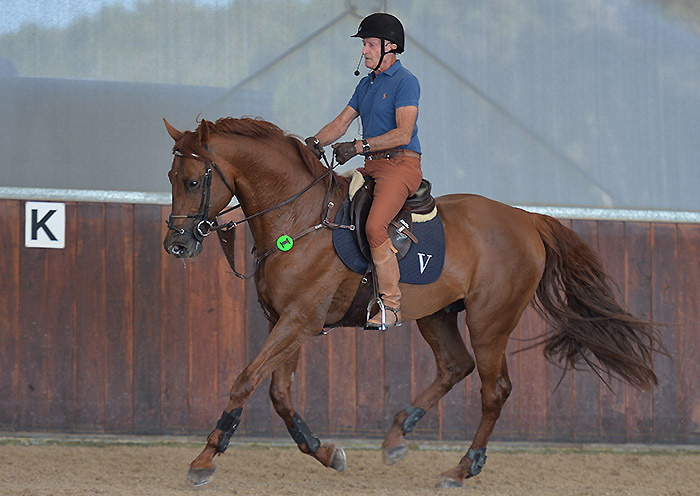
Story – Christopher Hector
photos – Rebecca Ashton, Roslyn Neave and archives
One of life’s great pleasures is the opportunity to interview George Morris, not only does he always have something enlightening to say, he also has a rare gift with words. Here is the latest in a long series of George interviews…
Let’s talk about the guiding principles of jumping…
“There are five factors to a jump, be it a cavaletti, or a puissance wall, a water or an Olympic oxer. You have to satisfy rate of speed for that particular fence or problem. Line for that particular problem. Distance to the fence that the horse is comfortable, usually it is about five and a half to six feet (six feet is 182 centimetres) off the fence, sometimes it is a little closer, sometimes a little further. The last two factors, that I would say are most elusive, are the sense of impulsion – which of course if you come to a short distance to a big triple bar, requires a great deal more impulsion than if you come on a nice distance to a vertical. The other is a sense of balance which to a tall vertical is more important than to a big triple bar.”
interview continues below the advertisement
“So we have those five factors: pace, line, distance, balance, impulsion – if you satisfy those five factors, you don’t have to have great position or style. We’ve seen riders through history, and they say, he does this wrong, he does that wrong, his heels are up, he jumps ahead of his horse, etcetera, but those riders solve the five factors…”
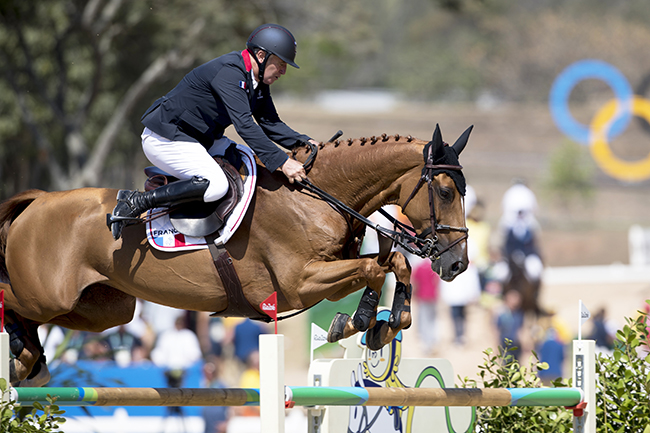
Roger Yves-Bost at Rio
But we are not advocating this, we don’t want everyone riding like Bosty…
“Bosty now teases me because he has a son, and he says to me, I want my son to ride better than I do. Lots of the professionals in Europe now have children that are top riders… it’s not that new, Barney Ward wanted McLain to ride in the Equitation division, lots of the professionals want their children to have all the finer points – which by the way, is the title of my new book, Finer Points – they all want them to have those finer points of position and flatwork that they didn’t have. It’s paying off. We see Ludo Phillippaerts’ children, Thomas Fuchs’ son Martin Fuchs, on and on and on. The children are really carrying the torch, doing as well if not better than the parents because they have had education. Bosty’s children…”
They ride classically?
“Yes, he wants that. I haven’t seen them lately but he tells me he wants them to ride better, classically.”
interview continues below the advertisement
I think about the first clinic you ever gave in Australia, you said you would have hated not to see Kevin Bacon but it would have been better might have been good for Australia if we didn’t…
“We had a guy, Al Fiore, who first rode Riviera Wonder, later ridden by Billy Steinkraus, he was a very natural rider. We had lots of jumping riders when I started in the late 40’s, 50’s that did everything wrong and won lots of classes. They had no formal education but they had a natural sense of timing – they had the five factors I mentioned – but Gordon Wright who told me so many things, said, the argument is, well think if they had done it right they would have even done it better, and that is the answer. That is always the answer. If they did it classically they would be better, that’s why the children like Martin Fuchs are even more successful, although his father, Thomas, ended up very classical.”
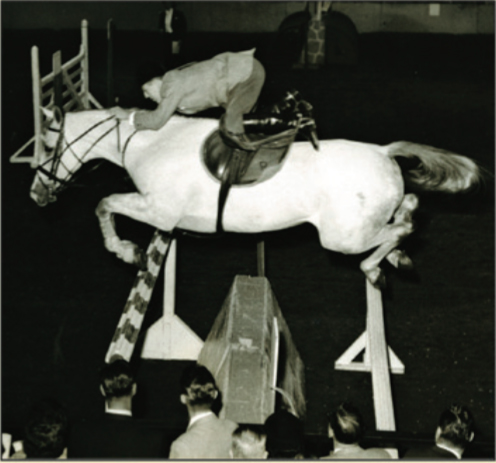
Al Fiore – but it worked!
“The children are doing better than the parents because they are doing it ‘righter’ than the parents.”
interview continues below the advertisement
But you taught the Fuchs brothers…
“Both of them Markus and Thomas, but Thomas really gravitated to this system. He was naturally a very soft forward rider. Markus was a very good student and a great rider but he was more comfortable with a German position, but Thomas’ son, Martin, I watched him at Wellington, he rides with a very forward seat. He is very conscientious on the flat, he’s a competitor, he’s so smooth, beautiful hands, but when you look at him, he looks like his father, Thomas, on a horse.”
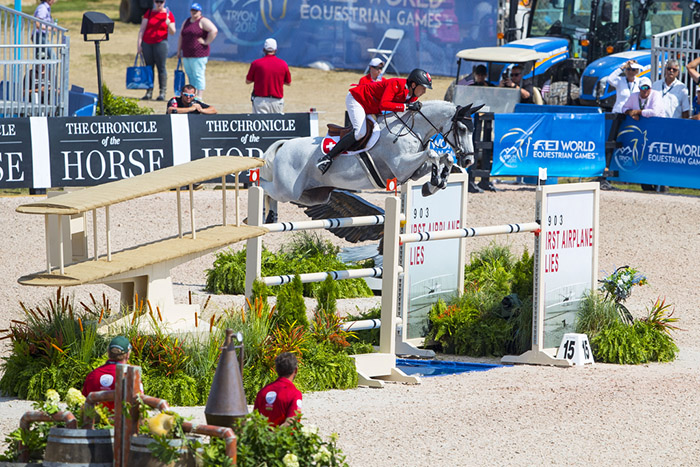
Martin Fuchs at Tryon
“Ludo has four boys and they are all very correct riders. When I stop at their place, it is all about the finer points, position, position, position.”

Ludo’s son, Nicola – stylish
Is European riding better than it was ten, fifteen years ago?
“Once you get into a clinic in Europe, they are very receptive, but a lot of people in Europe are very set in their ways, so it is not always easy to indoctrinate them, but their attitude is good when you teach them, but old habits die hard. The beauty of the system I teach, as we have shown for decades, people like Eric Lamaze, Ian Millar, Kent Farrington, Beezie Madden have shown that it is smoother, and as a consequence, faster against the clock.”
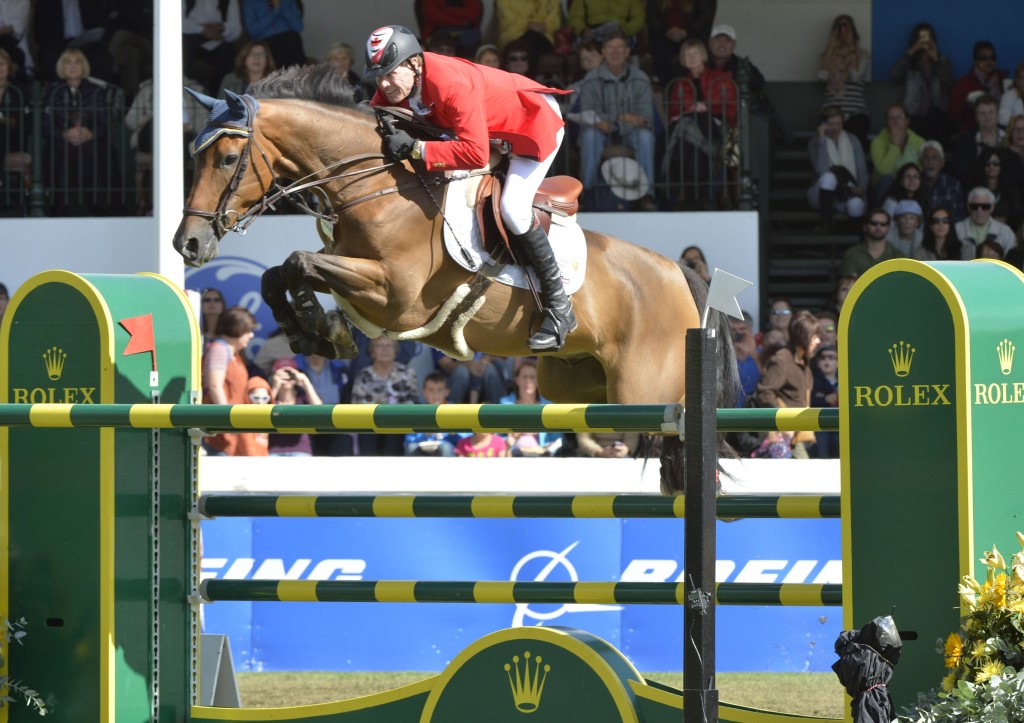
Ian Millar and Dixson with the Grand Prix at Spruce Meadows
You just mentioned him, and he has only just retired, what made Ian Millar great?
“I was first really aware of Ian at the Munich Olympics, and he was a very strong rider but he was not a polished rider, and I particularly remember that he kicked his legs back, which I hate. I was approached by a friend, Jackie Morold, she had just come into an inheritance and wanted to set up an equestrian centre near Ottawa called Dwyer Hill Farm. Jackie approached me at a show in Montreal in the summer of 1972, she actually hugged me from behind, and she said, oh George, I’ve opened a stable in Ottawa, I want you to direct it, and I want Ian Millar to take over the job.”
“I told her, I watched him in the Olympics and he is twenty five years old, Jackie he is too old to change, I can’t polish him up at this age, I want this other boy who works for you, because he is younger and has better style, Ian’s too old, I can’t change him. But they hounded me, Jimmy Elder called me, it went on for about six months, finally I said, okay Jackie give Ian the job and I’ll try to change him. To change him, I am going to buy him some Hunters. So we bought two or three lovely, not famous, Hunters, younger horses, and I would say as much as my instruction and method changed Ian, the Hunters changed Ian. He is such a quick study – he went to Florida that winter, and he ran head to head with Rodney Jenkins, Bernie Traurig, Katie Monahan, myself, and some really good Hunters, and he was right up there in his first year! Right up there – the first year!”
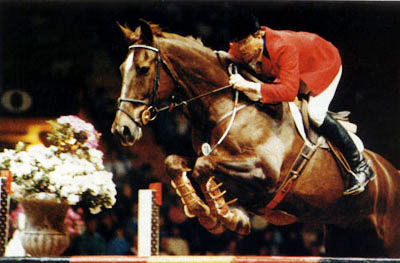
Ian Millar and the great Big Ben…
“In those days with the Hunters it was real riding in America, not it is very false, very artificial, but in those days we all rode Hunters. Riding a Hunter in those days was very good for your riding. Up until the late eighties, riding Hunters was very good for your jumping riding, now I cannot say that, now it is so artificial.”
“In those days we all rode Hunters, Billy (Steinkraus), Frank (Chapot), all rode Hunters. Riding a Hunter in those days was very good for your riding, for your jumper riding, now I can not say that because it has gotten very false.”
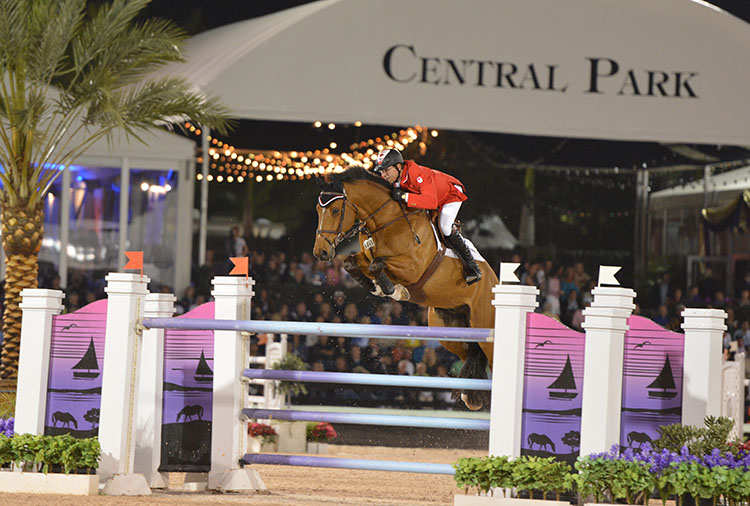
Ian Millar and Star Power
So he was a quick learner but what made Ian Millar’s new riding style so effective?
“Soft, soft, soft. His nature, his mentality, he is just soft like Eric Lamaze. They think soft, their horsemanship is soft, those kind of people love the system I teach. Some people like soft and some people don’t like soft, but that is my whole goal, to get the horse soft.”


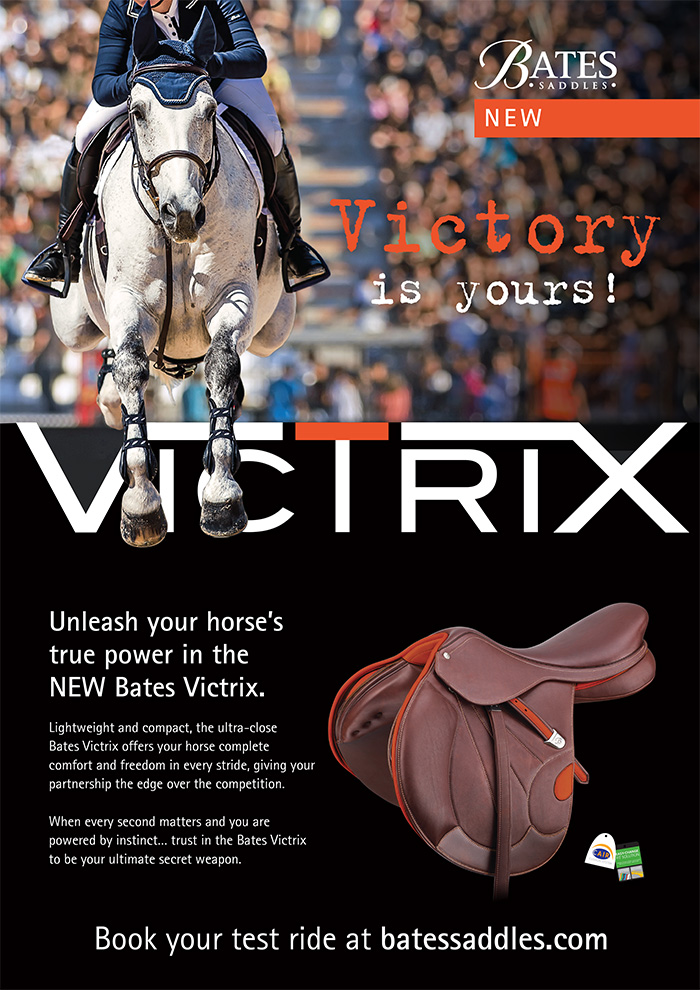

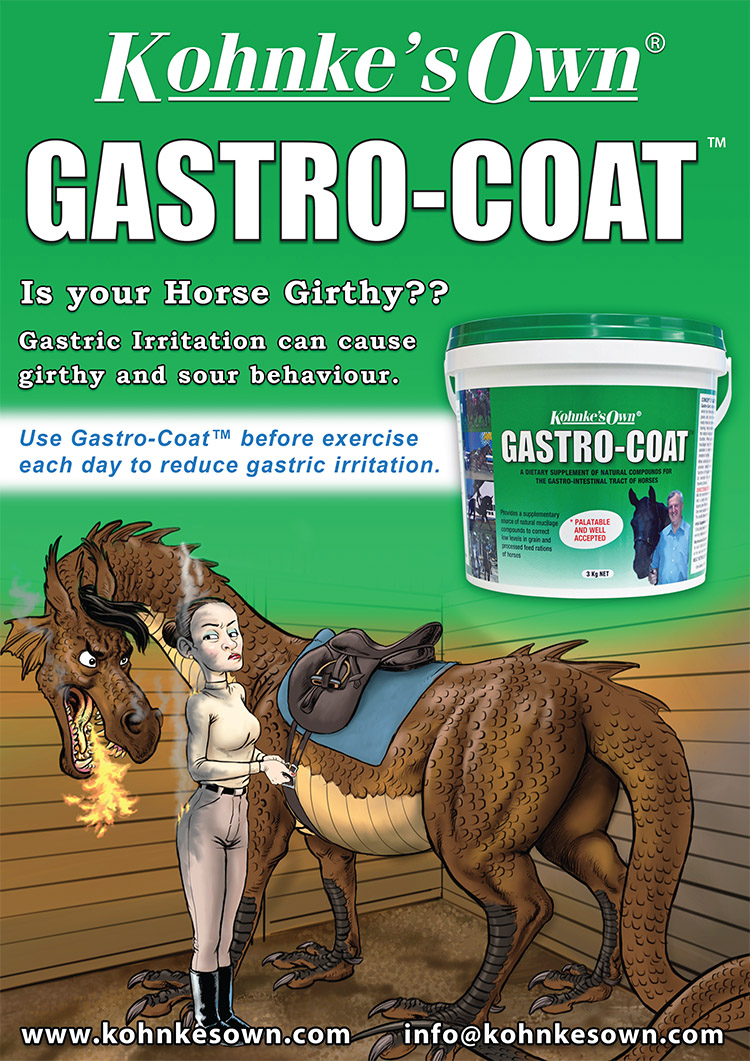

Loved George Morris article